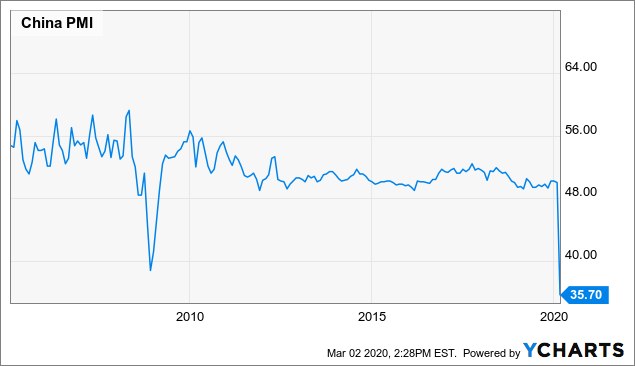Introduction
It is common knowledge that Nike manufactures some of its goods in low-wage nations like Vietnam. Less generally known is that some of the company’s factories use forced labor, mostly in China and Vietnam. Researchers propose that Nike take action to end the use of forced labor in their supply chain, for this is the action to take (Dash et al. 393). As shown in figure 2 below, Enes Kanter had begun spearheading changes on this issue.
Proposal
It is better to start with an examination of what it means to engage in forced labor. “Any labor or service which is exacted from any individual under the fear of any punishment and for which the said person has not given himself willingly,” as defined by the International Labor Organization (ILO) (Dash et al. 395). The bulk of the 21 million individuals in forced labor across the globe is located in Asia and the Pacific. Several claims have been made that Nike’s supply chain uses forced labor (Koljatic et al. 22). Nike’s use of inmate labor in their Chinese plants was exposed in 1998. Accusations surfaced in 2000 that Nike was using underage labor in its Vietnamese operations (Mashan and Tomiris 16). In 2012, claims arose that Nike used forced labor in its Chinese factories.
It is no secret that Nike imports many of its goods from nations with low wages for workers. Of course, this raises the issue of whether or not the corporation is aware of the use of forced labor in its production process. It seems that Nike is already aware of the issue. Nike’s former CEO Phil Knight acknowledged in 2000 that the firm had been “complicit” in the exploitation of children working in the company’s factories (Koljatic et al. 22). Figure 1 shows how forced labor has manifested in Nike for years. Nike’s current CEO, Mark Parker, said in 2012 that the corporation has a “huge duty” to end forced labor in its supply chain, which includes countries such as Cambodia and Vietnam.


Solution
Steps the Firm Can Take to Address the Issue of Forced Labor
A ban on the use of child labor was incorporated in Nike’s supplier code of conduct, which was established in 2000. Nike did not perform audits of its suppliers to guarantee compliance with the code, and the company did not enforce the policy (Mashan and Tomiris 16). In 2012, Nike implemented a new program to undertake audits of its suppliers and revised its code of conduct. The initiative has been criticized for being too weak and inefficient (Fiorellini 40). When it comes to ending forced labor in its supply chain, it is evident that Nike needs to do more. In an ethical sense, the firm ought to take action.
Specific suggestions are as follows: Firstly, Nike should investigate all of its suppliers but pay special attention to those located in countries with a history of forced labor abuse. Secondly, to ensure that its suppliers follow its code of conduct, Nike has to conduct audits and use other mechanisms to ensure that its demands are met (Oviedo 24). Nike should be open about the findings of its audits and publicly report on its efforts to end forced labor in its supply chain.
Conclusion
In conclusion, Nike is aware of forced labor in its supply chain but needs to take more steps to solve it. Nike should do more to end forced labor in its factories. The first step for the firm is to perform third-party audits of its suppliers to check for ethical practices. Further, Nike should establish a system to track instances of forced labor at its production facilities and publish findings to the public.
Works Cited
Dash, Sasmita, and Mrinmoy Majumder. “Labor Issues in the Global Supply Chain: An Indian Perspective.” Indian Journal of Industrial Relations vol. 55 no. 3 (2020). Web.
Fiorellini Bernardis, Alvise. “Labor issues and workers’ rights within the global supply chain. How to manage the work environment. The Nike case.” 2019. Web.
Koljatic, Mladen, Mónica Silva, and Stephen G. Sireci. “College admission tests and social responsibility.” Educational Measurement: Issues and Practice vol. 40 no.4, 2021, pp. 22-27. Web.
Mashan, Tomiris, and Tomiris Mashan is a Master’s. ““Dear Nike, Just Don’t Do It!” A Transnational Digital Connective Action on the Issue of Forced Uyghur Labor at Nike Sweatshops in China.” Central Asia Program 22, 2021. Web.
Oviedo, Elvira. “A look into Voluntary Nongovernmental Organization (NGO) Certifications On Labor Conditions in International Trade Law: Nike, a Case Study.” South Carolina Journal of International Law and Business, vol. 18, no. 2, 2022. 9. Web.